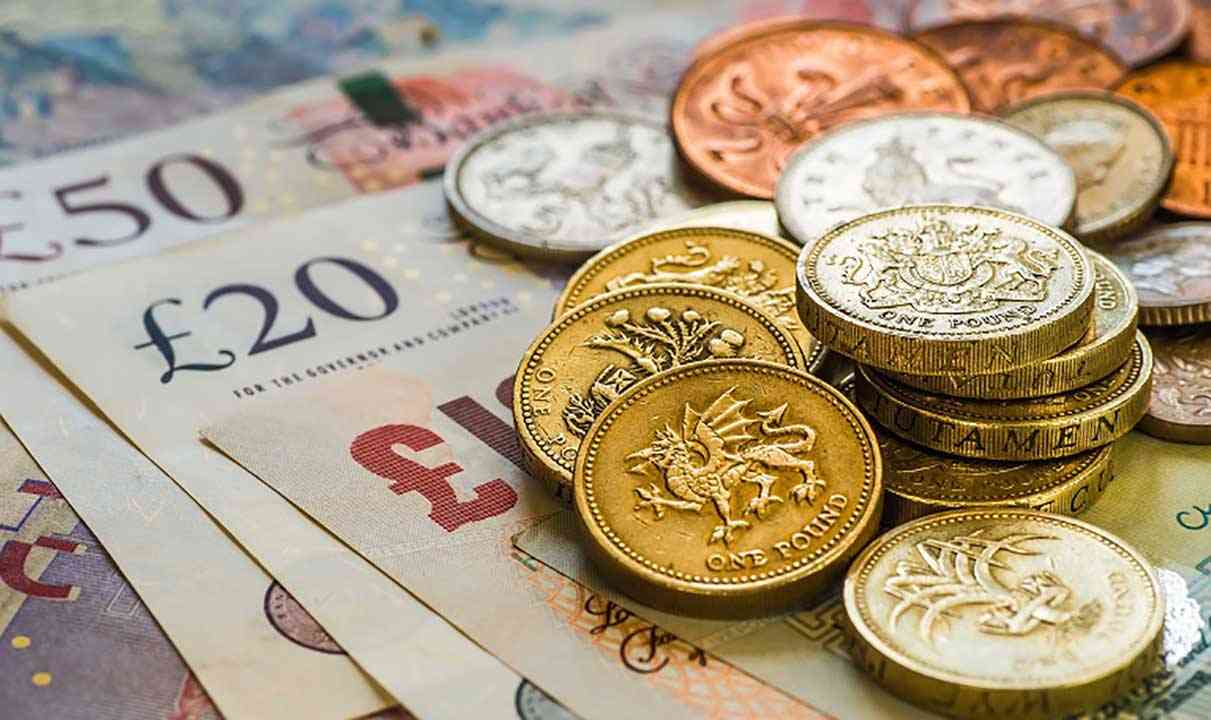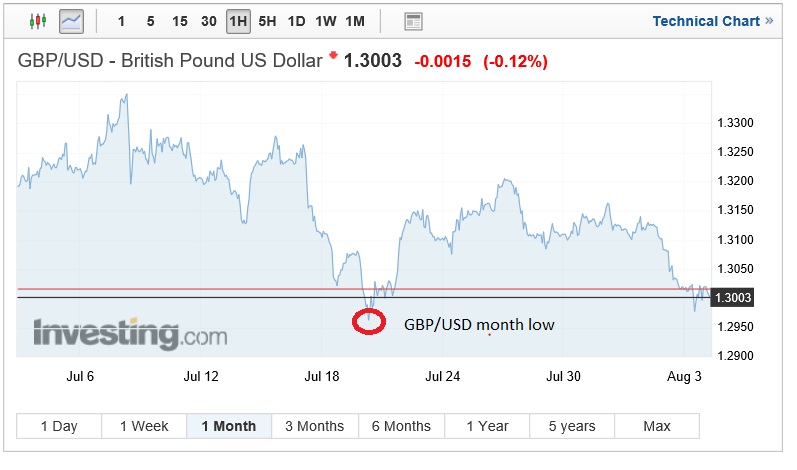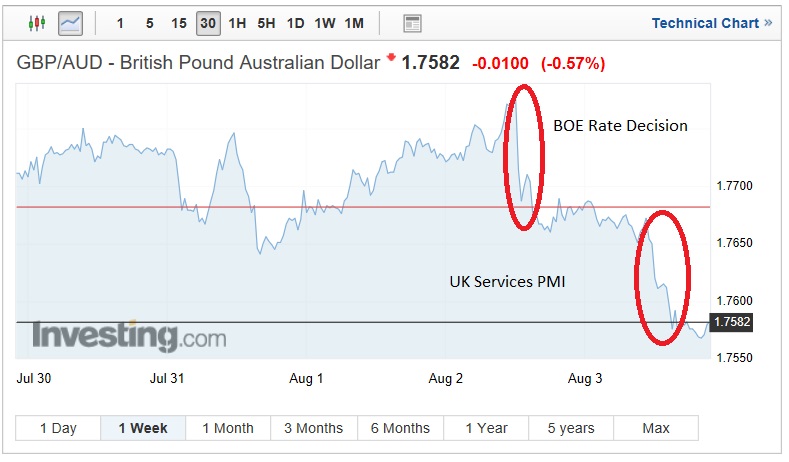The Bank of England raised UK interest rate by 0.25% on Thursday marking the second rise in less than a year. Despite political and economic uncertainty due to Brexit and the weak government the Bank of England followed to adopt the global trend and raise interest rates to 0.75%. The interest rate rise marks the second interest rate change since 2009 when the UK economy scrabbled its way through the recession. Despite the arguably positive move GBP has remained stagnant, with a tumble seen in GBP exchange rates before the decision.

Mark Carney – BOE rationale and risks to UK economy
Speaking at the latest interest rate decision the BOE governor Mark Carney highlighted that businesses and households should prepare for further interest rate rises, increasing borrowing costs. He did, however, leave the possibility of interest rate cuts firmly on the table, citing Brexit as a key risk to the UK economy.
“If there is a major shift; then that could have consequences for monetary policy,” Carney said. “We can adjust when necessary.”
While mutterings of a no deal Brexit are still often heard by members of the Tory party markets still anticipate a deal will be reached by October, with the UK officially withdrawing from the European Union on March 29, 2019, the UK will still follow EU rules and guidelines until late 2020.
Underlining other potential challenges to the UK – if not the global economy; Carney discussed the possibility of Trade War and the UK’s vulnerability to the phenomenon.
“The U.K. can be affected by a trade war scenario and a ramping up of tariffs and asymmetric response — everybody responding with the U.S. at the centre.”
Clarifying his rationale for the rate rise he stated he was encouraged by a number of elements of the UK economy. Household spending having bounced back after the 1st quarter, which was affected by an abnormal cold snap dubbed the ‘Best from the East’.
Governor Carney stated that:
“Overall, recent domestic data suggest the economy is evolving largely in line with the May Inflation Report projections, which see demand growing at rates slightly above those of supply and domestic cost pressures building.”
Touching upon inflation, Governor Carney insinuated that a slow and steady approach would be taken to further monetary policy tightening. In order to keep inflation within the desired range.
All in favour of the rate rise
The Bank of England’s vote for a 0.25% interest rate rise was a unanimous one. The switch marks the first unanimous decision the Monetary Policy Committee has made since February when they voted for rates to remain at 0.5% following November 2017’s rate rise.
The rate move had been priced in by markets following the last MPC minutes which saw the committee vote 3-0-6, demonstrating a greater sentiment for a rise. In June the Bank of England’s chief economist joined Michael Saunders and Ian McCafferty, voting in favour for a 0.25% rise.
Longer term and future rate rise
Covering future UK interest rate rises Carney illustrated that they could move as high as 1.5% by the end of 2021 but declared that this was a rule of thumb rather than a policy prediction. Markets don’t anticipate any further rate rises this year, especially as Brexit provides a serious risk to the development and structure of the UK economy; despite many thinking an agreement will be concluded by October, there remains a real threat that the UK could crash out of the EU without a deal in place.
UK service sector slips
Just a day later Carney’s comments about stronger data were contradicted by July’s Services PMI data. Services which represent the largest sector and contributor to UK Gross domestic product showing contraction month on month. July’s reading reaching 54.3 declines from Junes which achieved 54.9.
The decline signalled a three-month low in July. The figures highlighted the increased lead time as potential client remain wary of investing in services while Brexit uncertainties remain unknown. The sector also struggled to create jobs, an area which is now as weak as it was in August 2016. Some purchase managers reporting that autonomation, tightening labour conditions and cutting of staff numbers have all attributes to the decline.
Pound’s performance this week
Despite an interest rate rise typically being good for a currency market remained unmoved by the BOE’s decision. Prior to the announcement traders began selling off the Pound and losses were seen against a basket of currencies including the US dollar. The pair trading just 15 cents short of the month low (1.2963).
The Sterling sell off was replicated across and a number of pairs, overall GBP has recovered yet still trades within tight ranges. One pair which hasn’t recovered however is the GBP/AUD which also took a significant hit following the UK services data. It currently closed the US session at 1.7582. This is despite Chinese policy makers announcing over $60 billion dollars’ worth of tariffs on US goods; fuelling further possibilities of a trade war. As a closer trading ally of China Australia could therefore bear the brunt and suffer adverse effects. Despite this the AUD remains solid against the troubled Pound.

